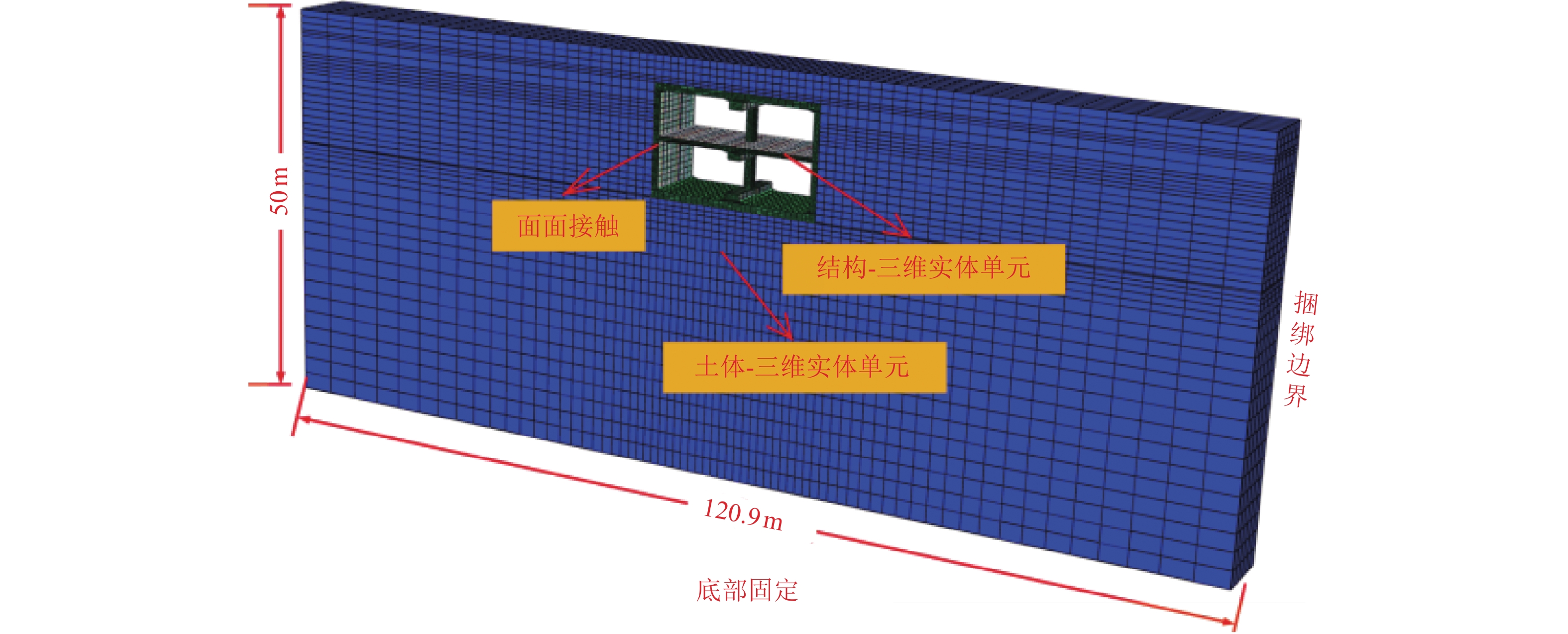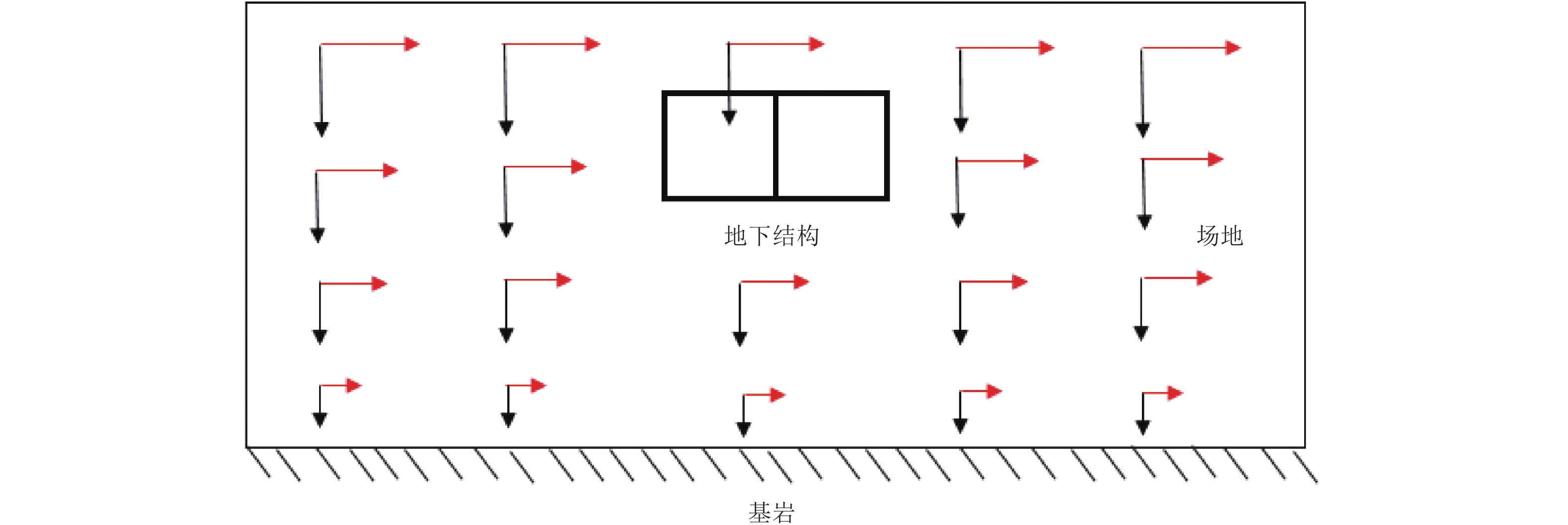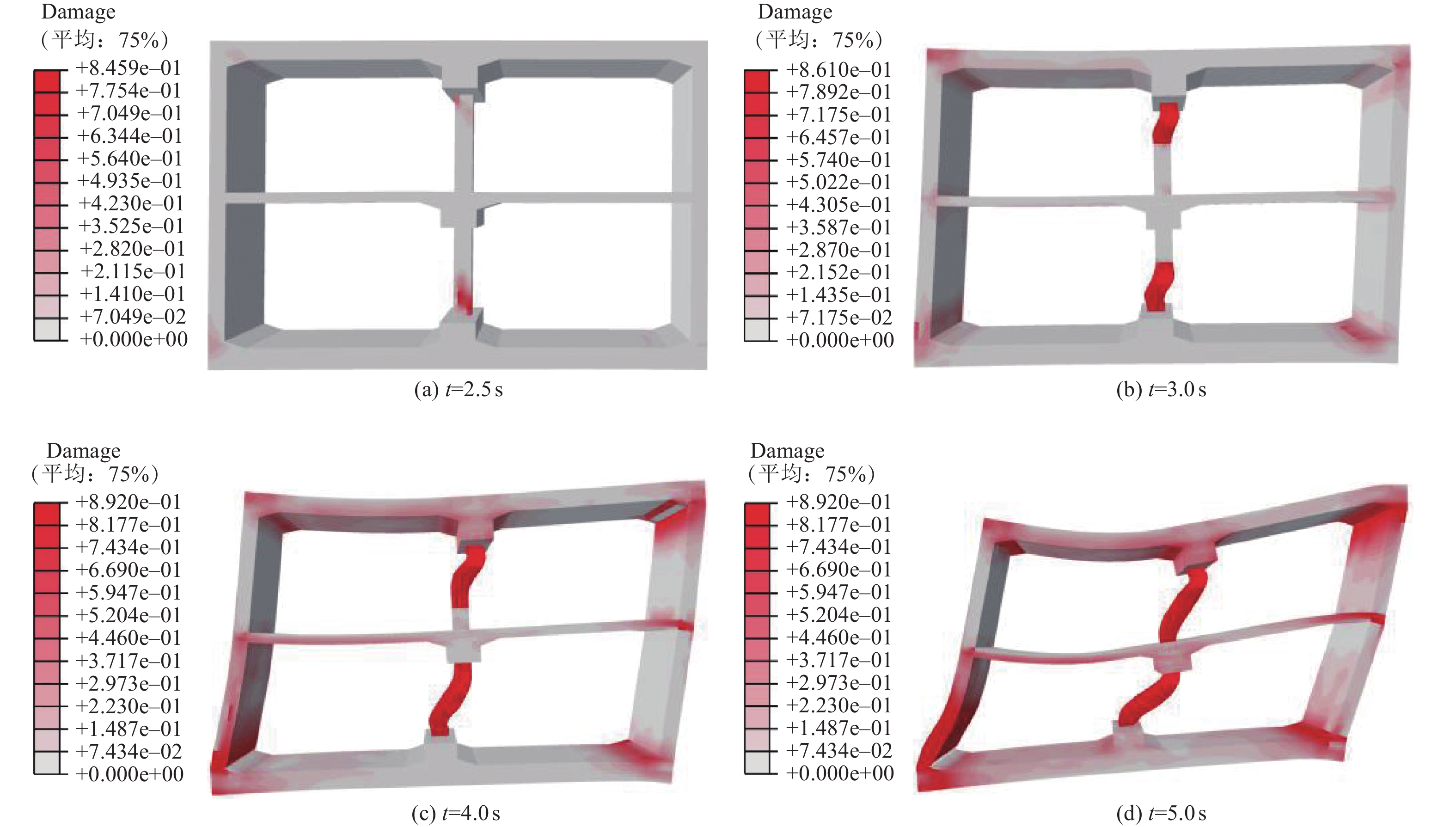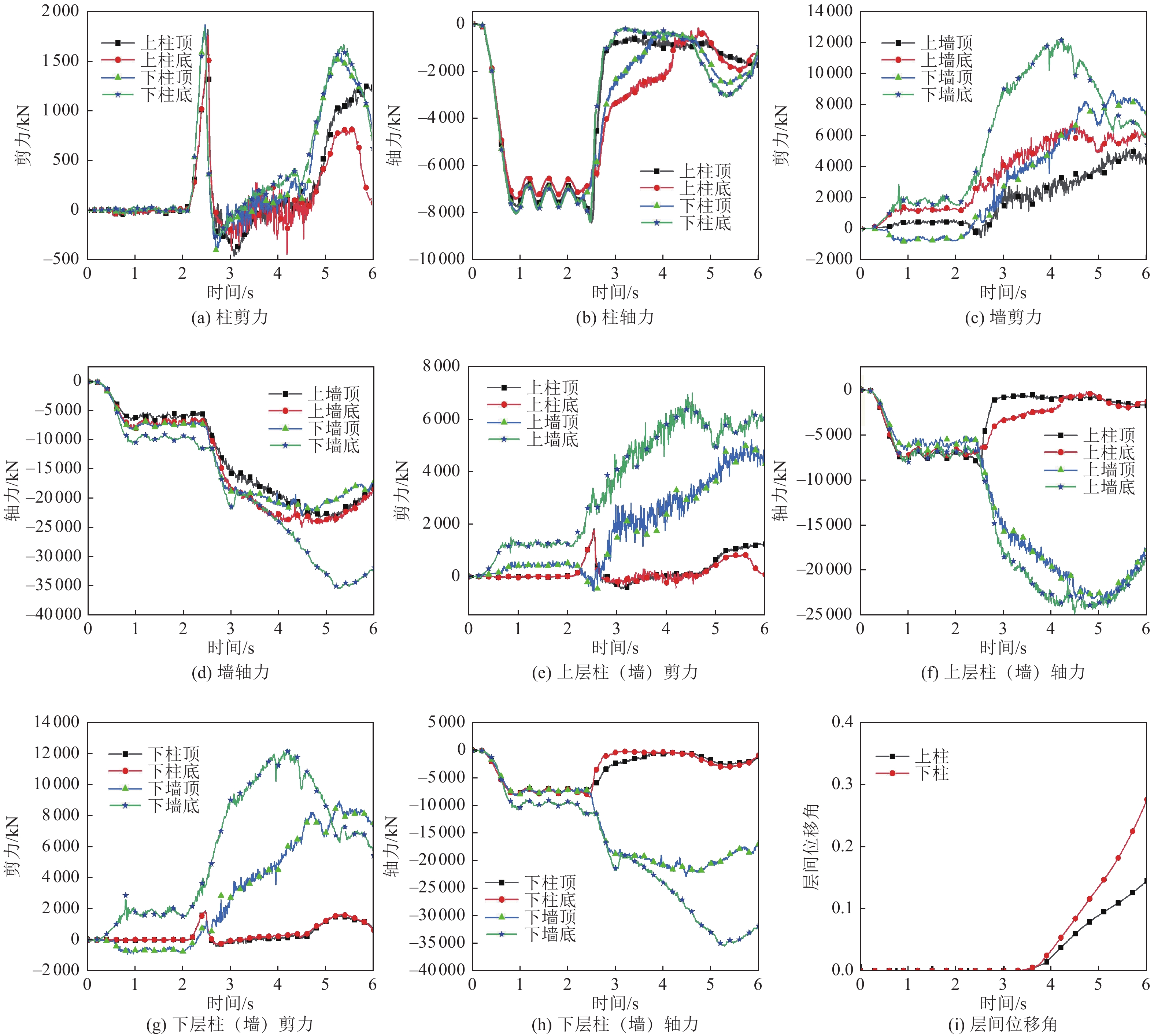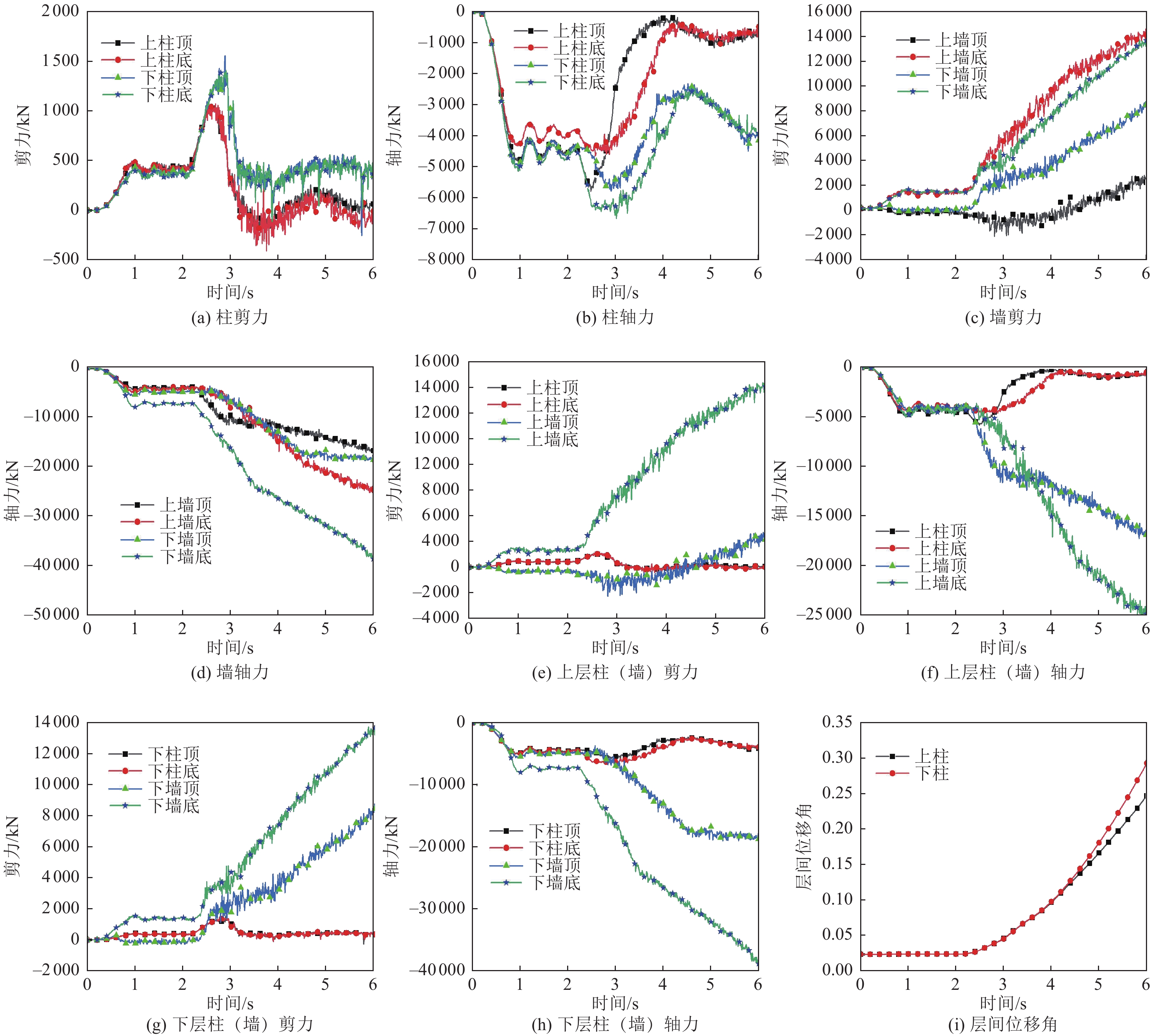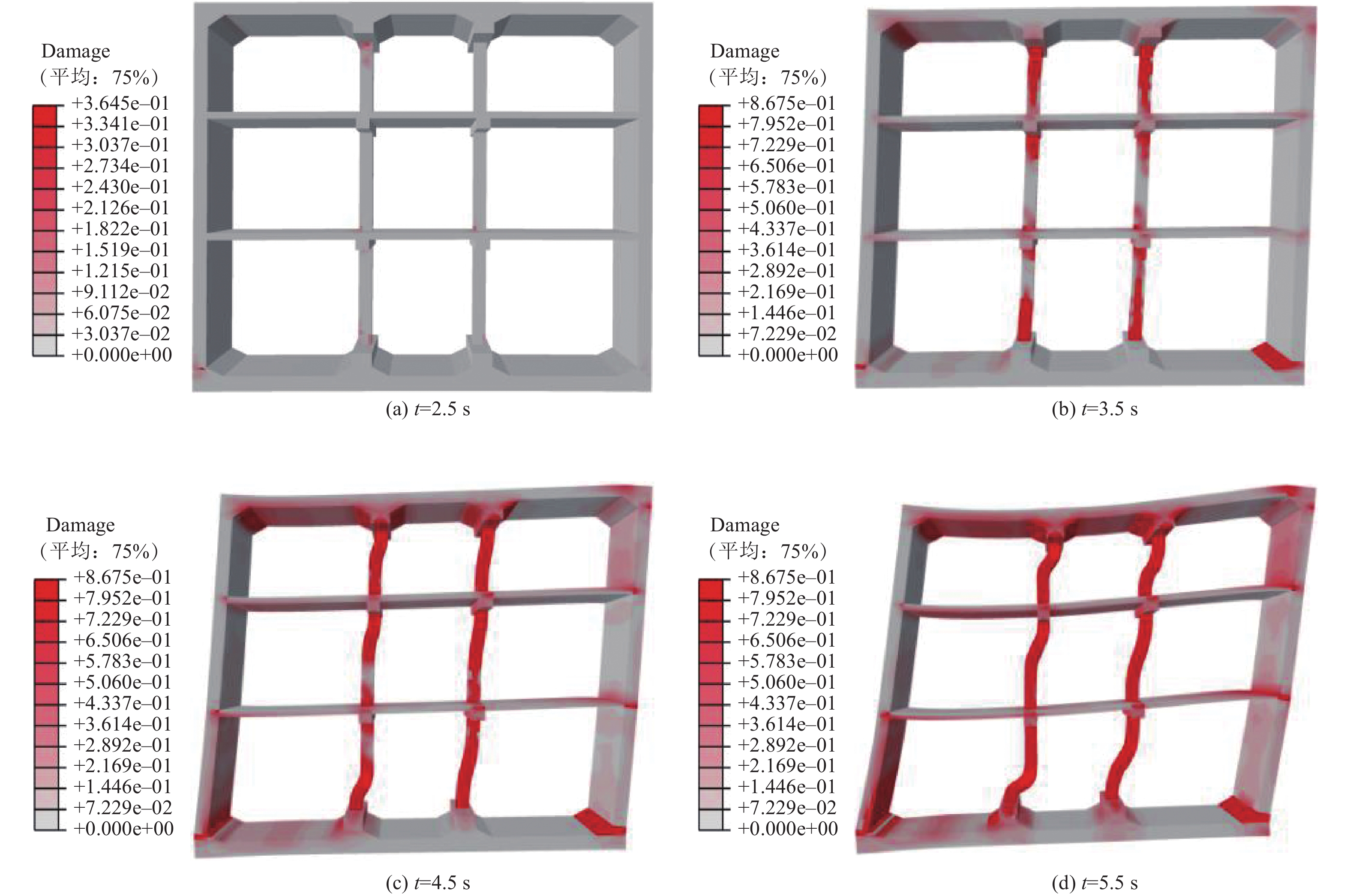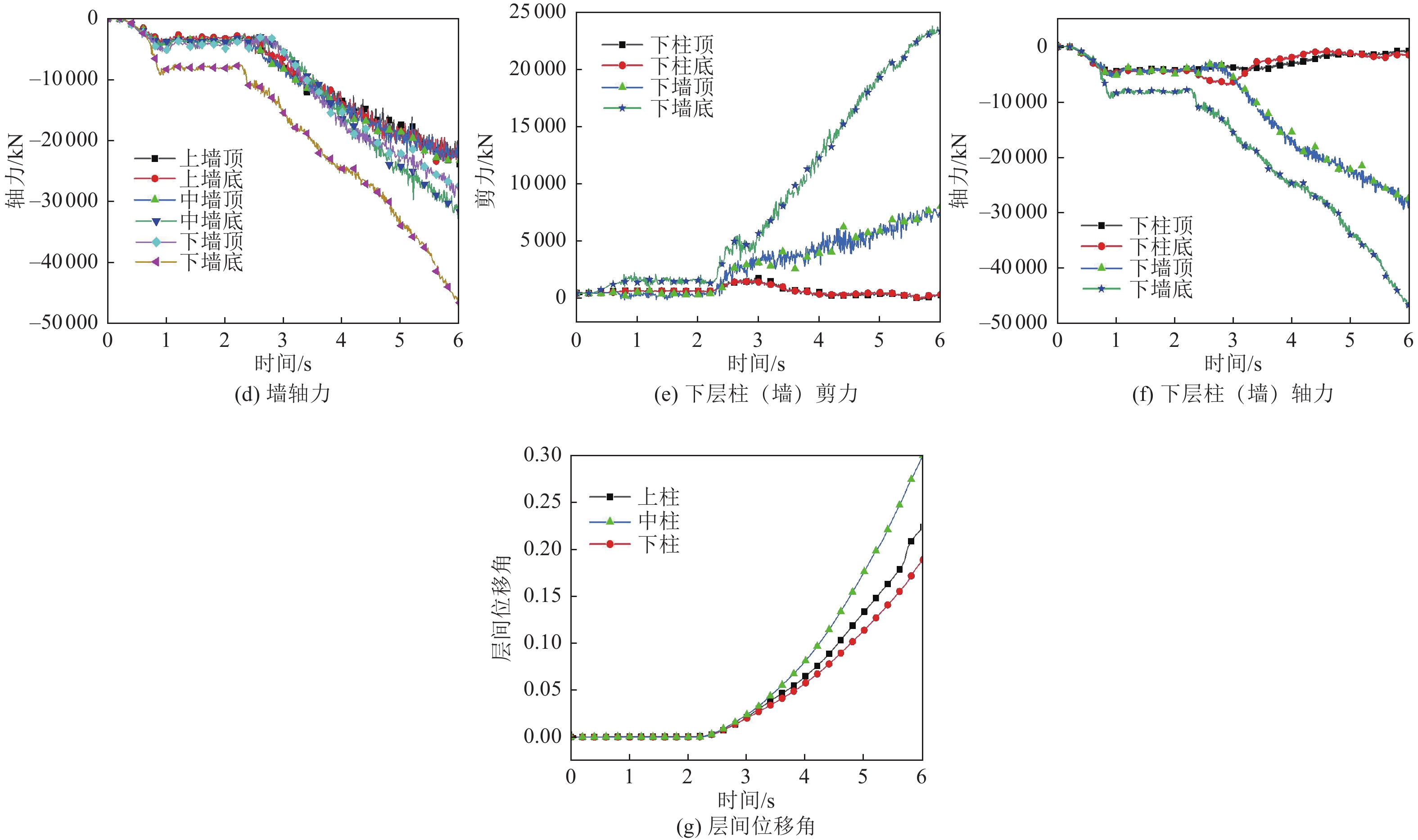Research on Seismic Response of Multi-story Subway Station Based on Pushover Analysis Method
-
摘要: 为系统研究多层地铁车站结构地震反应,本文采用地下结构Pushover分析方法对Ⅱ、Ⅲ类场地9座不同结构形式的地铁车站结构进行系列拟静力推覆分析。研究结果表明:中柱是多层地铁车站结构关键抗震构件,地震作用下易先于其他构件产生损伤甚至破坏,车站结构出现整体性塌毁主要是由于中柱首先产生剪切破坏而丧失竖向承载力导致的。中柱是地铁车站结构重要的竖向承力构件,侧墙是地铁车站结构主要水平承力构件。损伤演变速度及损伤累计程度排序为中柱>侧墙>板。对于多层地铁车站结构而言,结构底层中柱和侧墙通常承受更高的轴压作用,使其损伤和破坏先于上层构件。中柱顶、底端和墙、板交界位置在地震作用下极易产生损伤破坏,建议在抗震设计中对这些位置适当地进行加强处理。
-
关键词:
- 多层地铁车站 /
- 地震反应 /
- Pushover分析方法 /
- 地震薄弱环节
Abstract: In order to systematically study the seismic damage response of multi-story subway station structures, this paper uses the Pushover analysis method of underground structures to carry out a series of pseudo-static pushover analysis on 9 subway station structures with different structural types in the second and third types of sites. The research results show that the center column is a key seismic component of the multi-story subway station structure. It is likely to be damaged or even destroyed before other components under the action of an earthquake. The overall collapse of the station structure is mainly due to the first shear failure of the center column. Caused by the vertical load-bearing capacity. The center column is an important vertical bearing member of the subway station structure, and the side wall is the main horizontal bearing member of the subway station structure. From the point of view of structural component damage, the order of damage evolution speed and damage cumulative degree of columns, slabs and walls is: column>wall>slab. For multi-layer structures, the center pillars and side walls of the bottom layer of the structure usually bear higher axial pressure, making their damage and destruction precede the upper members. The top and bottom ends of the center column and the wall-slab junction are prone to damage and destruction under the action of an earthquake. It is recommended that these positions should be properly strengthened in the seismic design. -
表 1 Davidenkov模型参数
Table 1. The values of Devidenkov model parameters
土类 参数 a b γ0/10−4 填土 1.20 0.40 1.69 粉土 1.05 0.49 5.36 粉质黏土 1.20 0.47 5.80 砂土 1.15 0.33 5.36 圆硕卵石 1.25 0.31 8.99 -
[1] 曹炳政, 罗奇峰, 马硕等, 2002. 神户大开地铁车站的地震反应分析. 地震工程与工程振动, 22(4): 102—107 doi: 10.3969/j.issn.1000-1301.2002.04.017Cao B. Z. , Luo Q. F. , Ma S. , et al. , 2002. Seismic response analysis of Dakai subway station in Hyogoken-nanbu earthquake. Earthquake Engineering and Engineering Vibration, 22(4): 102—107. (in Chinese) doi: 10.3969/j.issn.1000-1301.2002.04.017 [2] 杜修力, 王刚, 路德春, 2016. 日本阪神地震中大开地铁车站地震破坏机理分析. 防灾减灾工程学报, 36(2): 165—171Du X. L. , Wang G. , Lu D. C. , 2016. Earthquake damage mechanism analysis of Dakai Metro station by Kobe earthquake. Journal of Disaster Prevention and Mitigation Engineering, 36(2): 165—171. (in Chinese) [3] 杜修力, 马超, 路德春等, 2017. 大开地铁车站地震破坏模拟与机理分析. 土木工程学报, 50(1): 53—62, 69Du X. L. , Ma C. , Lu D. C. , et al. , 2017. Collapse simulation and failure mechanism analysis of the Daikai subway station under seismic loads. China Civil Engineering Journal, 50(1): 53—62, 69. (in Chinese) [4] 杜修力, 李洋, 许成顺等, 2018.1995年日本阪神地震大开地铁车站震害原因及成灾机理分析研究进展. 岩土工程学报, 40(2): 223—236 doi: 10.11779/CJGE201802002Du X. L. , Li Y. , Xu C. S. , et al. , 2018. Review on damage causes and disaster mechanism of Daikai subway station during 1995 Osaka-Kobe Earthquake. Chinese Journal of Geotechnical Engineering, 40(2): 223—236. (in Chinese) doi: 10.11779/CJGE201802002 [5] 杜修力, 蒋家卫, 许紫刚等, 2019. 浅埋矩形框架地铁车站结构抗震性能指标标定研究. 土木工程学报, 52(10): 111—119, 128Du X. L. , Jiang J. W. , Xu Z. G. , et al. , 2019. Study on quantification of seismic performance index for rectangular frame subway station structure. China Civil Engineering Journal, 52(10): 111—119, 128. (in Chinese) [6] 还毅, 方秦, 柳锦春等, 2011. 考虑时空耦联的等效惯性加速度加载的地下结构pushover分析. 地震工程与工程振动, 31(4): 64—70Huan Y. , Fang Q. , Liu J. C. , et al. , 2011. Pushover analysis of underground structures by the time-space coupled equivalent inertial acceleration. Journal of Earthquake Engineering and Engineering Vibration, 31(4): 64—70. (in Chinese) [7] 蒋录珍, 陈隽, 李杰, 2015.1995年阪神地震中大开车站破坏机理分析. 世界地震工程, 31(3): 236—242Jiang L. Z. , Chen J. , Li J. , 2015. Damage mechanism analysis of Daikai Subway Station caused by Kobe earthquake in 1995. World Earthquake Engineering, 31(3): 236—242. (in Chinese) [8] 景立平, 孟宪春, 孙海峰等, 2012. 三层地铁车站振动台试验的数值模拟. 地震工程与工程振动, 32(1): 98—105Jing L. P. , Meng X. C. , Sun H. F. , et al. , 2012. Numerical simulation of three-story subway station shaking table test. Journal of Earthquake Engineering and Engineering Vibration, 32(1): 98—105. (in Chinese) [9] 刘晶波, 刘祥庆, 李彬, 2008. 地下结构抗震分析与设计的Pushover分析方法. 土木工程学报, 41(4): 73—80 doi: 10.3321/j.issn:1000-131X.2008.04.011Liu J. B. , Liu X. Q. , Li B. , 2008. A Pushover analysis method for seismic analysis and design of underground structures. China Civil Engineering Journal, 41(4): 73—80. (in Chinese) doi: 10.3321/j.issn:1000-131X.2008.04.011 [10] 刘晶波, 刘祥庆, 薛颖亮, 2009. 地下结构抗震分析与设计的Pushover方法适用性研究. 工程力学, 26(1): 49—57Liu J. B. , Liu X. Q. , Xue Y. L. , 2009. Study on applicability of a Pushover analysis method for seismic analysis and design of underground structures. Engineering Mechanics, 26(1): 49—57. (in Chinese) [11] 王建宁, 马国伟, 窦远明等, 2020. 异跨框架式地铁地下车站结构抗震性能水平与评价方法研究. 振动与冲击, 39(10): 92—100Wang J. N. , Ma G. W. , Dou Y. M. , et al. , 2020. Performance levels and evaluation method for seismic behaviors of a large-scale underground subway station with unequal-span frame. Journal of Vibration and Shock, 39(10): 92—100. (in Chinese) [12] 杨靖, 云龙, 庄海洋等, 2020. 三层三跨框架式地铁地下车站结构抗震性能水平研究. 岩土工程学报, 42(12): 2240—2248Yang J. , Yun L. , Zhuang H. Y. , et al. , 2020. Seismic performance levels of frame-type subway underground station with three layers and three spans. Chinese Journal of Geotechnical Engineering, 42(12): 2240—2248. (in Chinese) [13] 杨林德, 杨超, 季倩倩等, 2003. 地铁车站的振动台试验与地震响应的计算方法. 同济大学学报(自然科学版), 31(10): 1135—1140Yang L. D. , Yang C. , Ji Q. Q. , et al. , 2003. Shaking table test and numerical calculation on subway station structures in soft soil. Journal of Tongji University (Natural Science), 31(10): 1135—1140. (in Chinese) [14] 张佳, 王毅红, 权登州等, 2016. 黄土地区地铁地下车站地震变形特性研究. 震灾防御技术, 11(2): 272—282 doi: 10.11899/zzfy20160210Zhang J. , Wang Y. H. , Quan D. Z. , et al. , 2016. A study on the strain response of underground subway station in loess region. Technology for Earthquake Disaster Prevention, 11(2): 272—282. (in Chinese) doi: 10.11899/zzfy20160210 [15] 庄海洋, 陈国兴, 胡晓明, 2006. 两层双柱岛式地铁车站结构水平向非线性地震反应分析. 岩石力学与工程学报, 25(S1): 3074—3079Zhuang H. Y. , Chen G. X. , Hu X. M. , 2006. Analysis of nonlinear earthquake response of two-layer double-column subway station structure. Chinese Journal of Rock Mechanics and Engineering, 25(S1): 3074—3079. (in Chinese) [16] 中华人民共和国住房和城乡建设部, 2014. GB 50909—2014 城市轨道交通结构抗震设计规范. 北京: 中国标准出版社.Ministry of Housing and Urban-Rural Development of the People’s Republic of China, 2014. GB 50909—2014 Code for seismic design of urban rail transit structures. Beijing: Standards Press of China. (in Chinese) [17] 庄海洋, 程绍革, 陈国兴, 2008. 阪神地震中大开地铁车站震害机制数值仿真分析. 岩土力学, 29(1): 245—250 doi: 10.3969/j.issn.1000-7598.2008.01.046Zhuang H. Y. , Cheng S. G. , Chen G. X. , 2008. Numerical simulation and analysis of earthquake damages of Dakai metro station caused by Kobe earthquake. Rock and Soil Mechanics, 29(1): 245—250. (in Chinese) doi: 10.3969/j.issn.1000-7598.2008.01.046 [18] 庄海洋, 任佳伟, 王瑞等, 2019. 两层三跨框架式地铁地下车站结构弹塑性工作状态与抗震性能水平研究. 岩土工程学报, 41(1): 131—138Zhuang H. Y. , Ren J. W. , Wang R. , et al. , 2019. Elasto-plastic working states and seismic performance levels of frame-type subway underground station with two layers and three spans. Chinese Journal of Geotechnical Engineering, 41(1): 131—138. (in Chinese) [19] An X. H. , Shawky A. A. , Maekawa K. , 1997. The collapse mechanism of a subway station during the Great Hanshin Earthquake. Cement and Concrete Composites, 19(3): 241—257. doi: 10.1016/S0958-9465(97)00014-0 [20] Iida H. , Hiroto T. , Yoshida N. , et al. , 1996. Damage to Daikai subway station. Soils and Foundation, 36(S1): 283—300. [21] Martin P. P. , Seed H. B. , 1982. One-dimensional dynamic ground response analyses. Journal of the Geotechnical Engineering Division, 108(7): 935—952. doi: 10.1061/AJGEB6.0001316 -



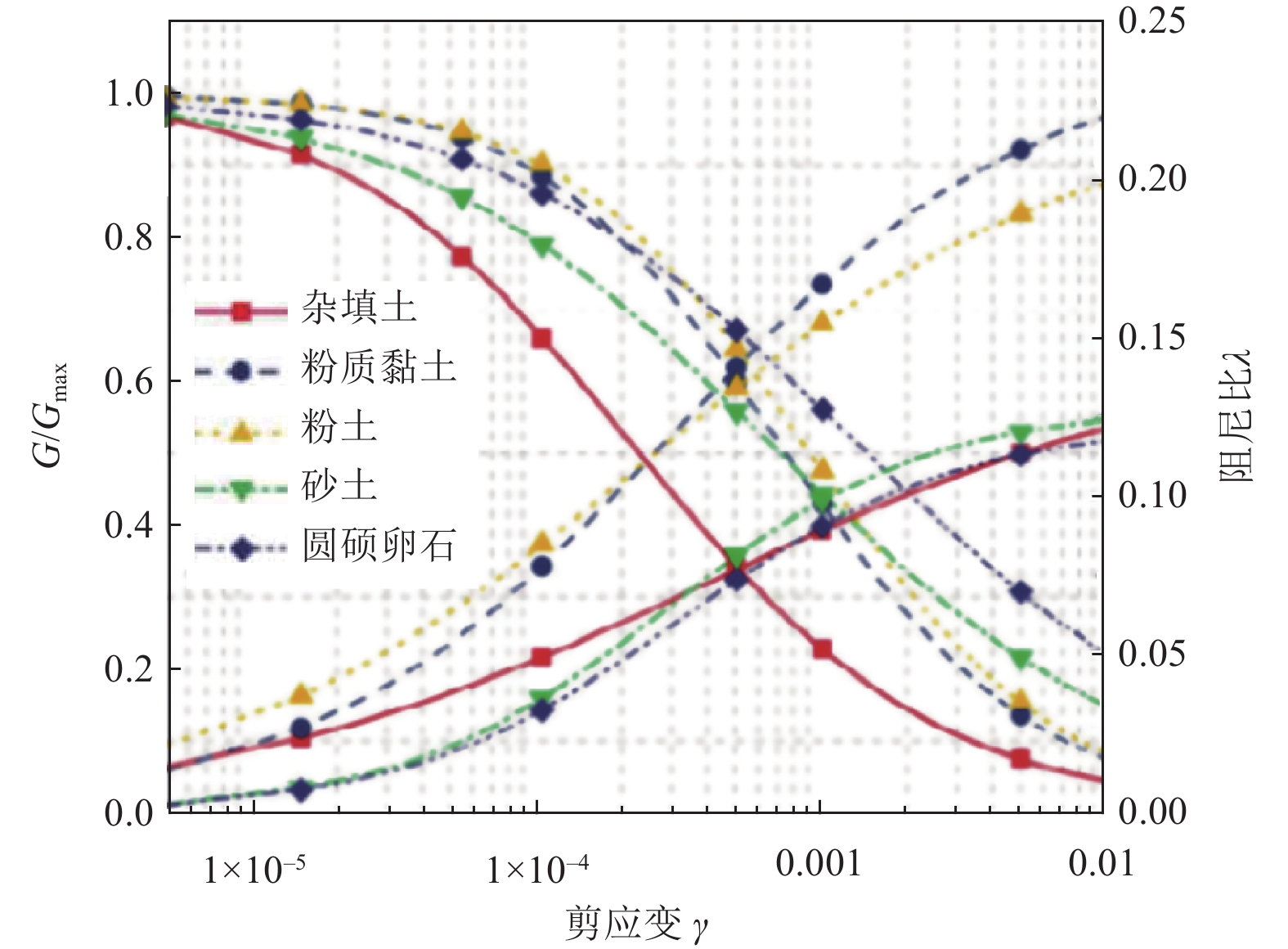
 下载:
下载:

